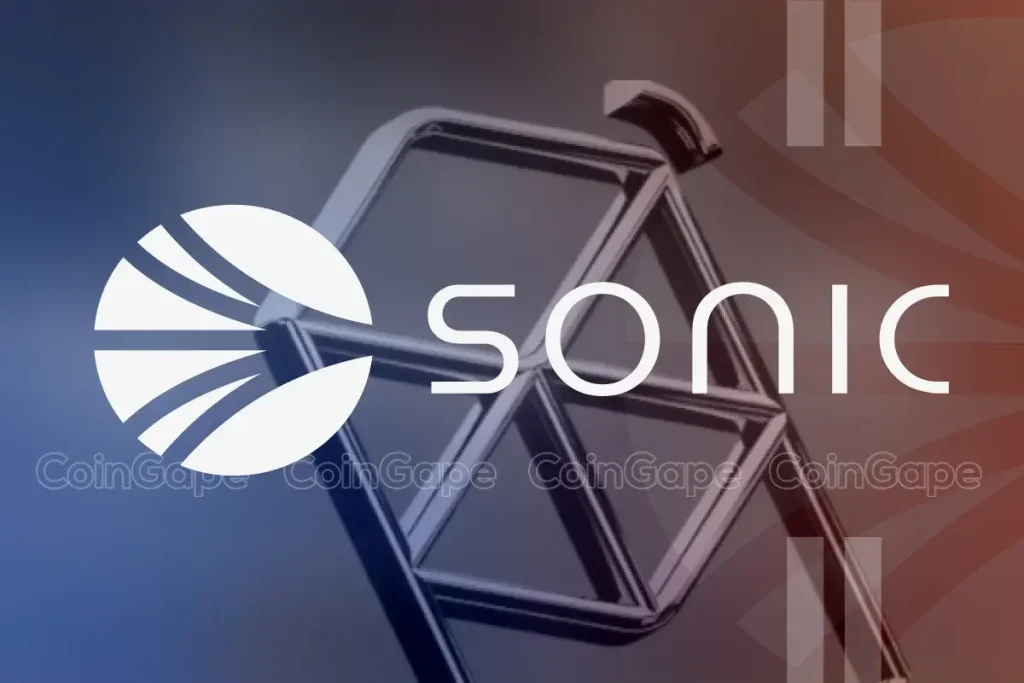Sonic Labs Abandons Algorithmic USD Stablecoin Plans Amidst Regulatory Changes
In a surprising twist, Sonic Labs has recently announced its decision to abandon plans for an algorithmic USD stablecoin. This shift comes shortly after co-founder Andre Cronje hinted at the project’s potential, underscoring the impact of evolving regulatory frameworks in the United States. The decision stems from the release of the STABLE Act draft, signaling rigorous scrutiny on stablecoins and compelling Sonic Labs to rethink its strategy.
Initially disclosed in mid-March, Sonic Labs aimed to create a yield-generating algorithmic stablecoin designed to operate within its blockchain ecosystem. The concept entailed using smart contracts to maintain the coin’s peg, distinguishing it from conventional stablecoins that are typically backed by fiat currencies or assets. However, the company’s ambitions faced significant hurdles as Congress moved forward with legislation intending to govern stablecoins, particularly emphasizing a two-year moratorium on algorithmic variants.
Andre Cronje’s announcement on social media confirmed that the firm will no longer pursue the algorithmic USD stablecoin, citing the increasing regulatory landscape as a deciding factor. This decision reflects a growing awareness within the industry of lawmakers’ insistence on more stringent governance as regulators seek to mitigate potential risks associated with algorithmic stablecoins, particularly following the market collapse precipitated by TerraUSD in 2022. The scrutiny surrounding such assets has become more pronounced, leading Sonic Labs to be cautious in its future endeavors.
While the regulatory environment for stablecoin issuers intensifies, industry participants are preparing for substantial changes. The ongoing discussions regarding the GENIUS and STABLE Acts reveal a common theme: an emphasis on backing stablecoins with reserves equivalent to their value. Both legislative proposals aim to reduce the risk associated with algorithmic structures, indicating a clear trend toward increased reliance on fully-backed stablecoins. The scrutiny is expected to impact not only new projects but also existing players within the stablecoin market as they adapt to new compliance requirements.
As Sonic Labs moves away from its initial algorithmic ambition, some community members teasingly suggested alternative strategies to navigate the impending regulations. A hypothetical approach includes launching the algorithmic stablecoin before the new rules take effect or even considering an "algorithmic dirham" linked to USD. However, such strategies remain speculative and highlight the ongoing tension between innovation and regulation in the crypto landscape.
The upcoming regulatory framework has broader implications for prominent stablecoin issuers like Tether, Circle, and Ripple. As the White House leans favorably towards the GENIUS Act amid efforts to bolster the U.S. dollar’s dominance, these companies are positioning themselves to align with regulatory expectations. The stakes are high for issuers as they vie for advantageous standing in a landscape that is rapidly evolving due to regulatory pressures, which could redefine the very nature of stablecoins as they are known today.
In conclusion, Sonic Labs’ retreat from the algorithmic USD stablecoin project illustrates the growing impact of regulatory initiatives on the cryptocurrency landscape. As both the GENIUS and STABLE Acts seek to impose greater oversight on stablecoins, it is evident that the future of these digital assets will hinge significantly on compliance and risk management strategies. The industry is at a pivotal moment, as stakeholders work to strike a balance between innovation and regulatory adherence while keeping an eye on emerging opportunities. As regulations take shape, the narrative surrounding stablecoins will likely continue to evolve, impacting various aspects of the cryptocurrency ecosystem.


